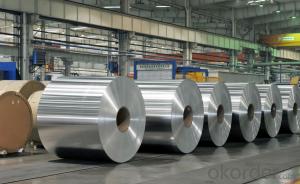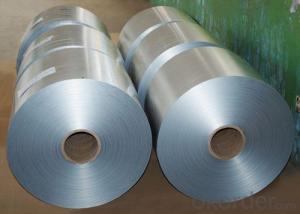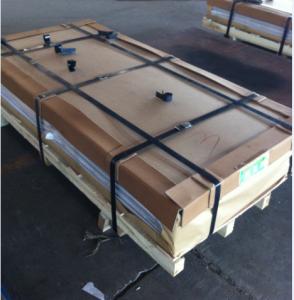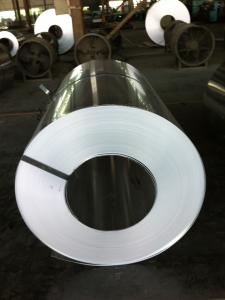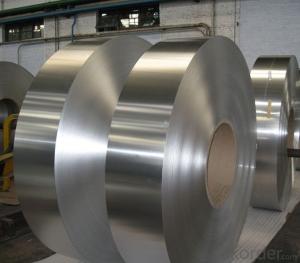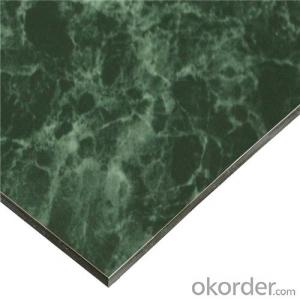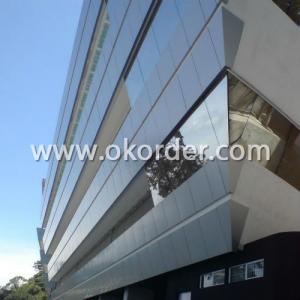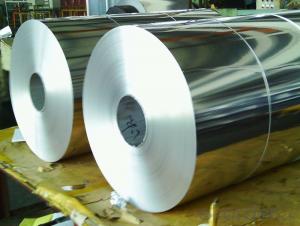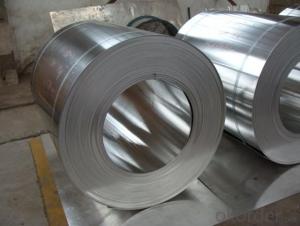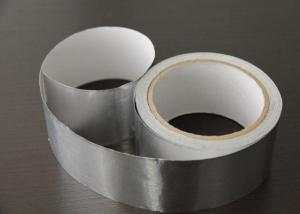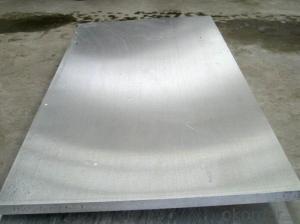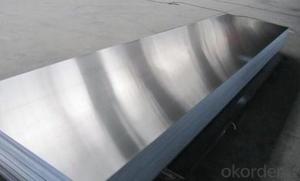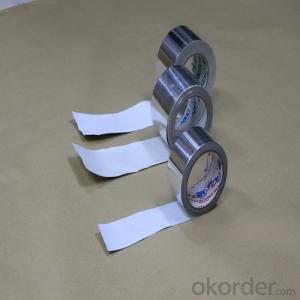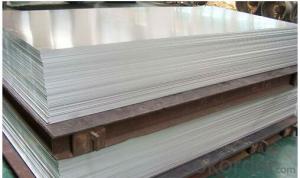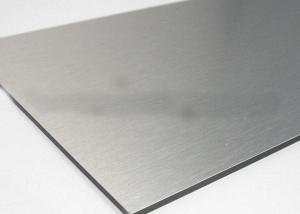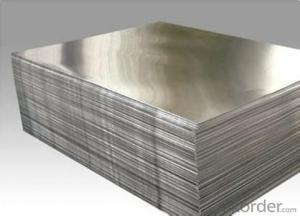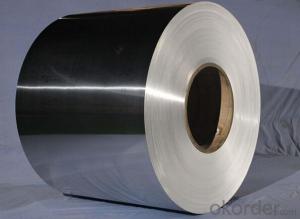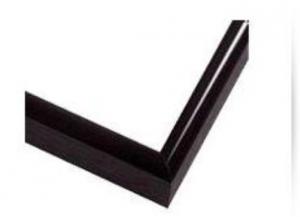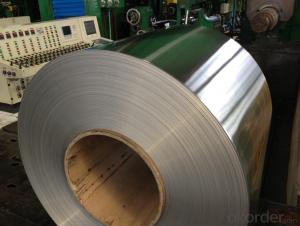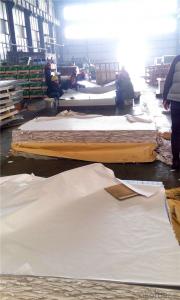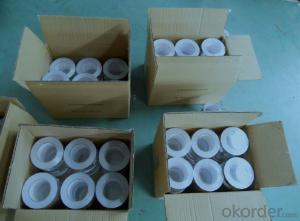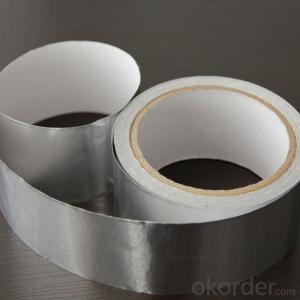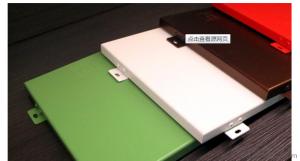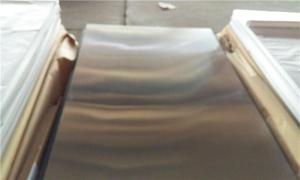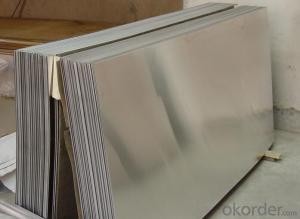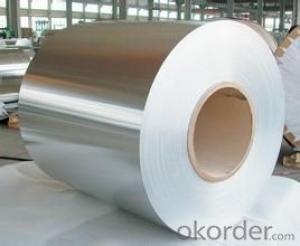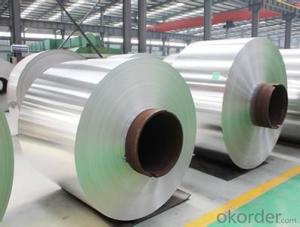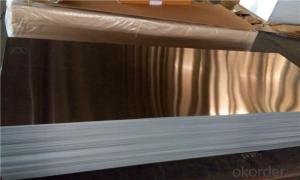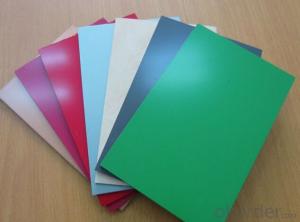2024 T351 Aluminum Plate
2024 T351 Aluminum Plate Related Searches
2024-T351 Aluminum Plate 2024 T851 Aluminum Plate 2024 Aluminum Plate Aluminum Plate 2024 2124 Aluminum Plate 2124-T851 Aluminum Plate 2024 Aluminum 24 X 24 Aluminum Plate Aluminum T Plate 6061 T651 Aluminum Plate 7075 T651 Aluminum Plate 6061-T651 Aluminum Plate 24 X 24 X 1/4 Aluminum Plate 7075-T651 Aluminum Plate 7050 T7451 Aluminum Plate 250 Aluminum Plate T Slot Aluminum Plate T5mm Aluminum Plate 12x24 Diamond Plate Aluminum 20mm Aluminum Plate Aluminum T Slot Plate 2014 Aluminum Plate 5083 H321 Aluminum Plate Aluminum Tlc Plate 7075 T7351 Aluminum Plate 5454 Aluminum Plate Aluminum Precision Plate 1 4 Aluminum Plate T6061 Aluminum Plate 25 Aluminum Plate2024 T351 Aluminum Plate Supplier & Manufacturer from China
2024 T351 Aluminum Plate is a high-strength, heat-treatable aluminum alloy that is widely recognized for its excellent mechanical properties and corrosion resistance. This type of aluminum plate is characterized by its ability to be easily machined and formed, making it a popular choice for various industries and applications. The product's versatility and strength make it suitable for a range of uses, including aerospace components, automotive parts, and structural applications where both strength and weight considerations are critical. Okorder.com, as a reputable wholesale supplier, offers a vast inventory of 2024 T351 Aluminum Plate, ensuring that customers have access to this high-quality material for their specific needs. By maintaining a large stock, Okorder.com is able to provide quick and efficient service to customers who require this aluminum plate for their projects.Hot Products

